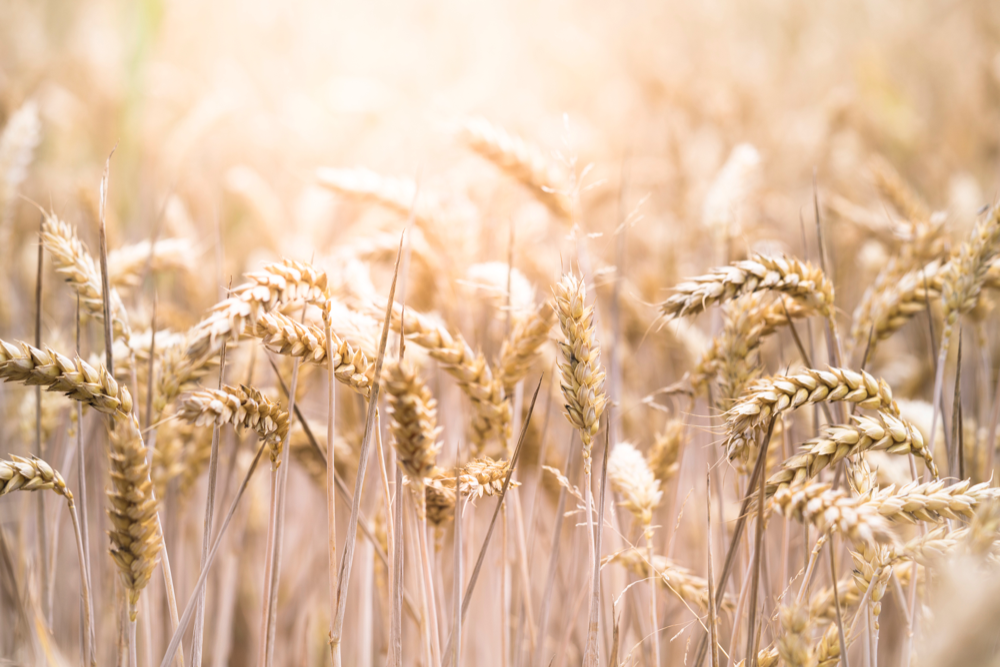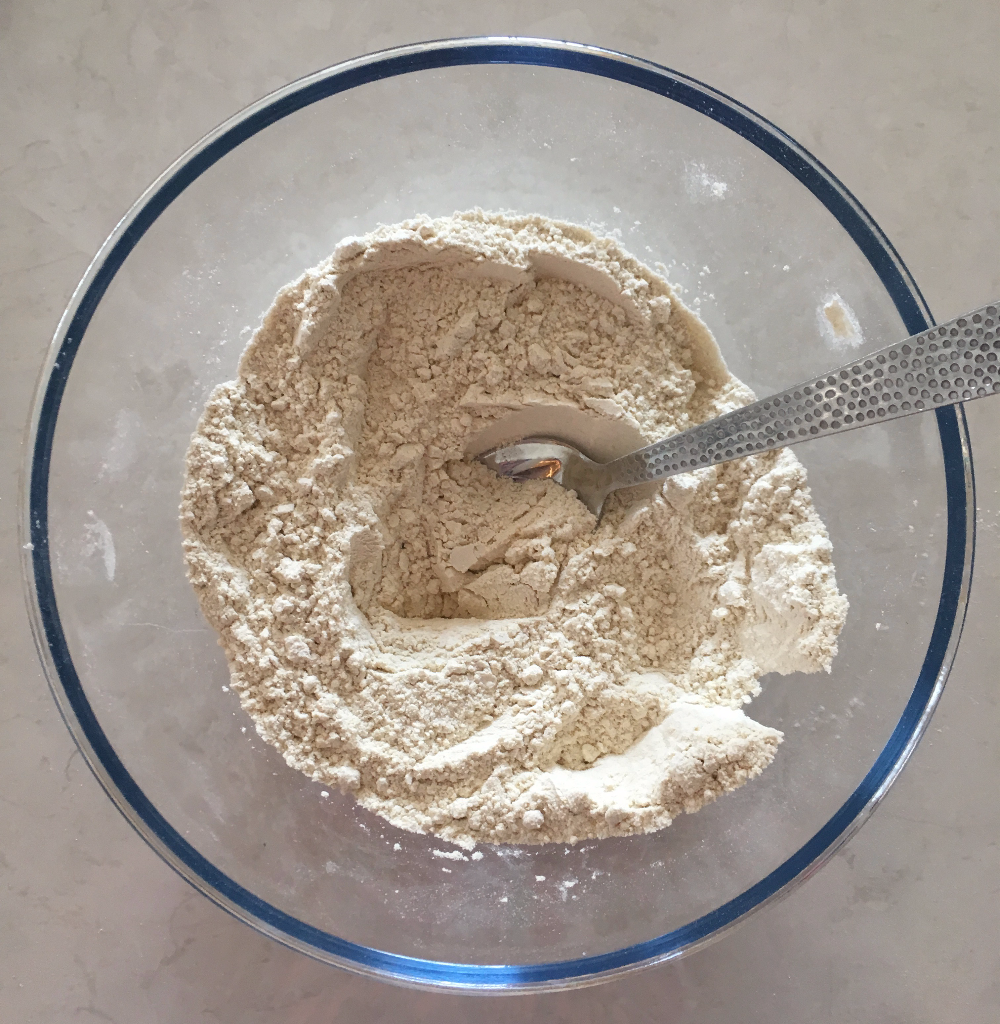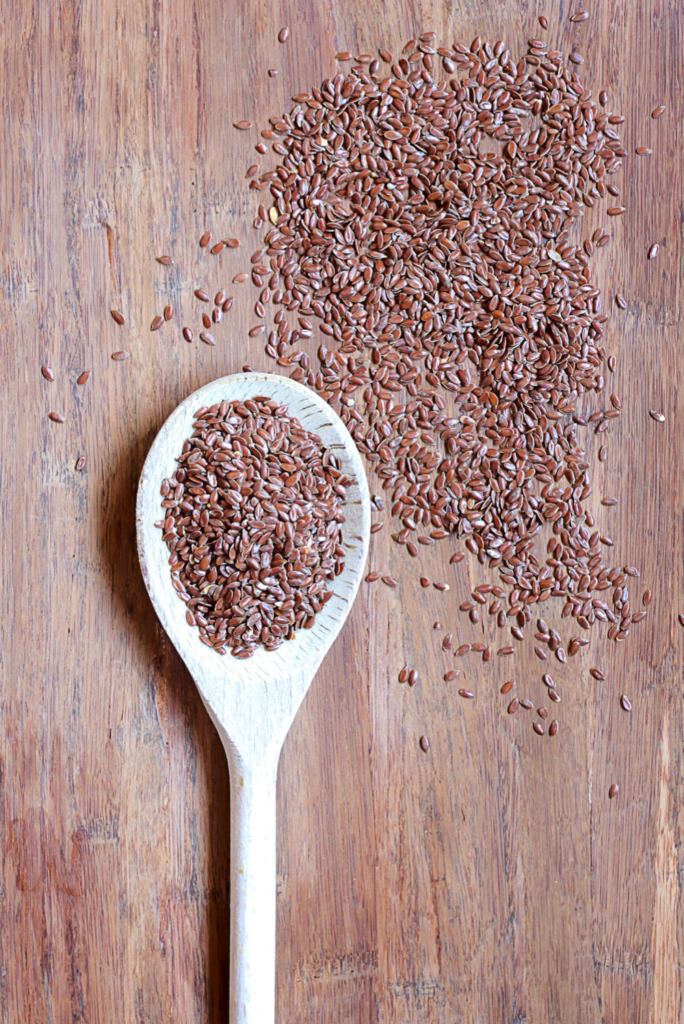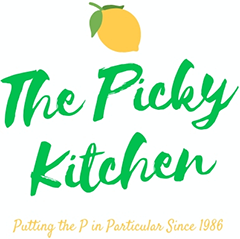
The Struggle is Real.
Wheat. It’s in just about everything. And it tastes so damn good! Let’s face it, those of us reading this article would do all-wheat all-the-time if our bodies would let us get away with it. And it’s so versatile! Cookies, pastry, breads, cakes and doughs of all kinds – this grain seems to be able to do everything without breaking a sweat.
But unfortunately, for many of us these days eating wheat is just not an option. Or rather, not a healthy one. So we look elsewhere, to the other flours and ingredients of the gluten-free world, to try and continue making the foods that we love so much while still maintaining our health.
But if you’ve never worked with gluten-free flours before, where do you start? I mean, there are so many different types to choose from! How do you start putting them all together and how do you make them work??
This article hopes to answer that. This post is a beginner’s ‘how to work with gluten-free flours.’ It will give you an overview of the basic principles of working with gluten-free flours and gluten-free baking, so that you will have the confidence to start putting together your own blends yourself and baking from scratch. It should also give you more confidence in choosing the right gluten-free blends for your baking when shopping at the supermarket.
Wheat – Why it Works

First, let’s take a quick look at Wheat and examine the basic properties that help it function the way it does.
Starch
Wheat consists mainly of carbohydrates, 90% of which are starch.
Now that’s a lot of starch!
Carbohydrates provide energy. In addition, starch gives the dough structure and form, which works together with the elasticity of gluten to help form air pockets when the dough needs to rise.
Fibre
Wholegrain wheat contains about 12-15% fibre, most of which is insoluble fibre.
Fibre isn’t classified as a nutrient as such, but it’s great for the digestive tract.
Protein
This makes up about 7-22% of wheat. About 80% of the protein in wheat comes from the gluten family (glutenin and gliadin). The other 20% is made up of other proteins.
The two proteins that make gluten are the principle binders. When water is added to these proteins, they are brought together and interact to forms bonds and cross-links, which helps to keep the mixture connected together.
To sum up…
The reason why wheat works so damn well and is so versatile, is that it contains the right amount of starch, gluten proteins, fibre and other nutrients mixed into one. No other grain or flour contains this same combination.
So when we turn to gluten-free baking, we will have to do some mix and matching with different flours and ingredients to get a similar result.
Going Gluten-Free
To Starch, or Not to Starch

As mentioned in the last section, starch flours provide some structure to your gluten-free dough. Also, they help the dough rise when baking. When a dough bakes, starch granules absorb water and swell many times larger, filling most of the gaps. They also provide a strong structure to trap pockets of air.
So if you are looking to bake a gluten-free cake, bread or a dough which will need to rise and have a spongy texture, then starch is your friend!
However, if you are making gluten-free pastry, cookies or biscuits, which require minimal rise on baking, then limit the amount of starch that you use.
This is because if you are not adding baking powder/soda to get some air into the mixture, then adding too much starch will compact the mixture giving you a very hard, cracker-like consistency. Which doesn’t make good pastry!
Note: Starch flours also require more baking powder than wheat flour.
Binders – How to Get the Gluten Effect?
There are a variety of different binder options on the market these days to help replicate the effect of gluten. They each have their pros and cons, and some suit some types of baking more than others, so it pays to get to know each one.
Binders commonly used in gluten free baking:
Egg
Versatile and dry when cooked. Expands when cooked and helps mixture rise.
Xanthan Gum
Guar Gum
Two starch-based binders. Some people have reactions to the use of gums in baking. True to their name, when mixed with liquid they form a gummy, gloopy like texture. Can work well in cakes and pastry. A little goes a long way!

Flax Seed
Chia Seed
The seeds absorb water to produce a gel, which aids binding and structural development. Doesn’t dry out the same as egg does, so the mixture retains a bit more moisture. Seeds can be used ground or whole, depending on desired outcome.
Psyllium Husk
Similar to Flax and Chia Seed. However, I’ve found that Psyllium Husk absorbs more water than the other two, leaving the mixture a bit drier. It can also help the mixture rise.
In some cases, you can get away with not using a binder at all (for example, certain types of quiche bases). However, keep in mind that without a binder the end product will be a bit crumblier and less cohesive.
Protein Flours
Flours that are high in protein content, like soy flour and pea or chickpea flour, are not vital for gluten-free baking. You can make your gluten-free cookies or cakes without touching either one of these flours.
However, high protein flours do provide extra nutritional value, flavor and texture, which you won’t find anywhere else. But before we get carried away with adding these to our baking, there are some pros and cons to be aware of.
Pros:
High in protein, more nutritional value.
Filling, and create more of a dense mixture.
Absorb water and can make a mixture softer.
Great for short crust pastries, cookies, brownies.
Cons:
Some can have a peculiar taste (eg. soy and pea).
Prevent mixture from rising.
Not ideal for cakes, breads etc (where you need maximum rise).
Putting it all together.
This article isn’t going to tell you how to do all your gluten free baking (otherwise we’d be here all day!). Also, everybody’s tastes will be slightly different.
What this article does is provide a brief introduction into how to work with gluten-free flours, so that you will understand why there are so many types of gluten-free ingredients out there and what part they play in the baking process.
This is your starting place.
Now that you have the basic fundamentals mastered, you can get stuck in and start experimenting with gluten-free flours for yourself!
Or, if you are fine sticking to store bought gluten-free flour blends, then this knowledge should empower you to ensure you choose the best options for your baking needs.
Some key questions to remember when you’re baking:
How much starch will I need? How much does the mixture need to rise?
What am I using the dough for? Do I need it to be elastic or crumbly?
Could I add some protein flour?
How dry will the dough be? How do the ingredients I’m using balance out the moisture content?
Happy baking!
But before I go…
Below I’ve provided for you a list of gluten-free flours, grouped together according to their types.
This list is not an exhaustive one. Also, the categories listed are ones that I use and have found helpful when it comes to baking.
Feel free to use it as a starting point!
GRAINS
Not as high in starch and can contain some protein and a mix of other nutrients.
Amaranth Flour
Buckwheat Flour
Corn Flour (also high in starch)
Millet Flour
Oat Flour (ensure it is certified gluten-free)
Quinoa Flour
Sorghum Flour
Teff Flour
STARCHES
Arrowroot Flour
Corn starch
Potato Flour
Potato Starch
Tapioca Flour
White Rice Flour
Brown Rice Flour (not as high in starch as the rest)
NUT FLOURS
High in protein. Note that Coconut Flour is also high in saturated fat and absorbs a lot of moisture.
Almond Flour
Chestnut Flour
Coconut Flour
Hazelnut Flour
HIGH PROTEIN FLOURS
Fava Bean Flour
Garbanzo (chickpea) Bean Flour
Garfava Flour
Kinako (roasted soy bean) Flour
Soy Flour
Pea Flours
References and Further Reading
On starches:
https://www.ncbi.nlm.nih.gov/pmc/articles/PMC5409317/
https://www.bakeinfo.co.nz/Facts/Bread-making/Bread-ingredients/Starch
On Proteins:
https://www.ncbi.nlm.nih.gov/pmc/articles/PMC4711467/
https://celiac.org/gluten-free-living/what-is-gluten/
http://www.cookingscienceguy.com/pages/wp-content/uploads/2012/07/Explaining-Gluten.pdf
https://www.baking-sense.com/2017/03/29/baking-ingredients-flour/
Nutritional information for baking:
